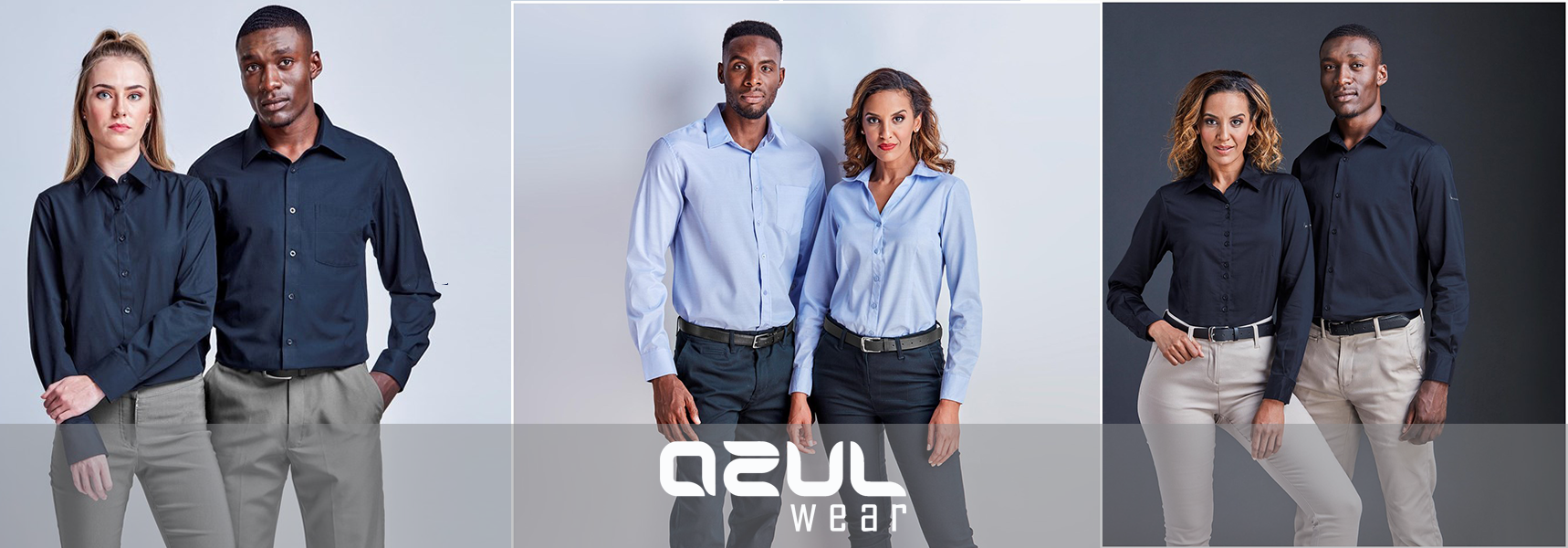Understanding Apparel: The Relevance of Material Choices in Your Wardrobe
The choice of textile in clothes plays a critical duty in both aesthetic appeals and functionality. Various materials use differing levels of comfort, breathability, and durability, directly affecting the wearer's experience. Comprehending these subtleties can enhance one's wardrobe substantially. Yet, lots of forget just how these selections can impact not just personal style, but also sustainability. What material decisions could redefine your wardrobe and straighten it with both style and obligation?
The Function of Material in Fashion and Functionality

Usual Textile Types and Their Attributes
When selecting garments, comprehending the features of common textile types is necessary for making informed selections. Cotton, a widely-used all-natural fiber, is known for its breathability, convenience, and softness, making it appropriate for sportswear and day-to-day garments. Linen, one more natural option, flaunts outstanding moisture-wicking buildings and a distinct texture, perfect for cozy climates.Wool, typically preferred for its warmth and sturdiness, varies in fineness; merino woollen is soft versus the skin, while coarser kinds are made use of for outerwear. Synthetic materials like polyester and nylon provide sturdiness and resistance to creases, making them prominent for activewear and travel garments. Blends, which combine artificial and all-natural fibers, can improve performance while keeping comfort. By acknowledging these textile features, individuals can pick apparel that lines up with their way of living and visual preferences.
Breathability and Convenience: Selecting the Right Fabrics for Different Climates
Choosing the ideal materials for various climates can greatly enhance comfort and general wearability. Breathable materials are important in warm climates, as they permit air circulation and wetness evaporation. Fabrics such as cotton, bed linen, and moisture-wicking synthetics successfully draw sweat away from the body, keeping the user cool and completely dry. On the other hand, in colder environments, thicker textiles like woollen or fleece provide insulation while keeping breathability, guaranteeing heat without overheating.Additionally, the choice of textile weight plays an important function; light-weight fabrics are preferable for summertime, whereas larger choices are fit for winter season wear. Comprehending the distinct residential properties of each textile enables people to clothe properly for varying climate condition. Inevitably, choosing breathable and comfortable materials tailored to specific environments can greatly enhance daily convenience and boost the total experience of wearing garments.
Toughness and Treatment: Exactly How Material Impacts Long Life of Your Wardrobe
Selecting the appropriate products can significantly influence the longevity and care demands of a closet. Fabrics such as cotton and polyester are known for their resilience and ease of maintenance, making them suitable for everyday wear. On the other hand, fragile products like silk and lace need more careful handling and specialized cleaning methods, which can enhance the moment and effort needed for care. Branded Clothing.Durability is also affected by the material's weave and coating; firmly woven textiles often tend to stand up to wear and tear much better than freely woven options. Additionally, artificial blends often offer boosted longevity, incorporating the most effective top qualities of multiple fibers.Understanding the treatment directions for each textile is vital, as incorrect drying or cleaning can lead to early wear. Inevitably, choosing long lasting materials can result in a longer-lasting closet, decreasing the frequency of substitutes and contributing to an extra lasting fashion option
The Impact of Fabric on Fit and Silhouette

Sustainable Textile Choices: Making Eco-Friendly Decisions
The effect of textile prolongs beyond fit and silhouette to encompass ecological factors, triggering a growing interest in sustainable textile options. Green materials, such as natural cotton, hemp, and Tencel, are gaining grip amongst customers who focus on sustainability in their closets. These products are often created with fewer chemicals and water, minimizing their environmental footprint.Additionally, recycled fabrics, made from post-consumer waste, provide an ingenious option to the fabric industry's contamination problem. Brands increasingly accept openness in their sourcing methods, allowing consumers to make enlightened choices about their purchases.Choosing lasting materials not only supports moral methods but likewise encourages the style market to take on more responsible production techniques. As awareness of environmental issues climbs, people are prompted to review the long-lasting influence of their textile choices, fostering an activity in the direction of a more lasting and ecologically aware strategy to fashion.
Boosting Style: Just How Fabric Can Transform an Outfit
While lots of might concentrate on shade and cut when selecting an attire, the choice of textile plays an essential function in raising design and boosting overall look. Various products convey distinctive moods and messages; for instance, silk emanates deluxe and elegance, while jeans offers a casual, loosened up ambiance. The appearance and drape of a textile can substantially change the shape, with organized textiles providing a refined appearance and softer ones producing a more fluid, loosened up aesthetic.Moreover, the weight of the material influences wearability throughout seasons. Light-weight fabrics like linen and cotton are perfect for summer season, while heavier materials such as woollen and velour give heat and beauty in chillier months. Comprehending textile homes, such as breathability and stretch, also encourages individuals to make enlightened selections that enhance comfort without jeopardizing design. Ultimately, the appropriate textile can transform an attire from normal to phenomenal, making it a crucial consideration in any type of closet.
Often Asked Questions
Exactly how Do I Identify the Fabric Web Content of My Apparel?
To identify go to my blog fabric web content, one can check out care labels, conduct burn examinations for fiber identification, or speak with textile swatches. These techniques assist distinguish materials, ensuring educated choices for apparel care and upkeep in daily wear.
Can Material Choice Affect My State Of Mind or Confidence?
Textile selection can considerably impact a person's state of mind and confidence. Branded Clothing. Particular materials might evoke sensations of comfort or style, while others can really feel limiting or unflattering, ultimately influencing self-perception and psychological well-being throughout the day
What Fabrics Are Finest for Delicate Skin?
For people with sensitive skin, all-natural textiles like linen, bamboo, and cotton are frequently advised. These materials are breathable, hypoallergenic, and much less most likely to create irritability, making them suitable choices for convenience and skin wellness.
Just how Do I Properly Clean and Take Care Of Various Fabrics?
To effectively clean and resource care for different textiles, one should think about each material's certain requirements, consisting of temperature level setups, detergents, and drying out methods, guaranteeing long life and keeping the fabric's original top qualities for suitable usage.
Are There Particular Fabrics for Athletic or Performance Put On?
Athletic or efficiency wear frequently utilizes materials such as spandex, polyester, and nylon. These materials are designed for moisture-wicking, breathability, and adaptability, improving movement and comfort during exercises while providing resilience and assistance. Conversely, in colder environments, thicker textiles like woollen or fleece offer insulation while preserving breathability, making sure warmth without overheating.Additionally, the choice of fabric weight plays a crucial function; light-weight textiles are better for summertime, whereas much heavier choices are suited for winter season wear. In contrast, delicate products like silk and shoelace call for more careful handling and specialized cleaning approaches, which can enhance the time and effort needed for care.Durability is additionally affected by the textile's weave and finish; tightly woven textiles have a tendency to stand up to wear and tear better than loosely woven alternatives. In comparison, rigid materials can limit activity but provide a timeless, polished look.Moreover, the density and appearance of the fabric can affect the aesthetic perception of body shape. The influence of material extends beyond fit and silhouette to incorporate environmental aspects, motivating an expanding interest in lasting textile selections. The texture and drape of a textile can significantly change the shape, with structured fabrics offering a polished look and softer ones developing a more fluid, loosened up aesthetic.Moreover, the weight of the fabric influences wearability throughout periods.